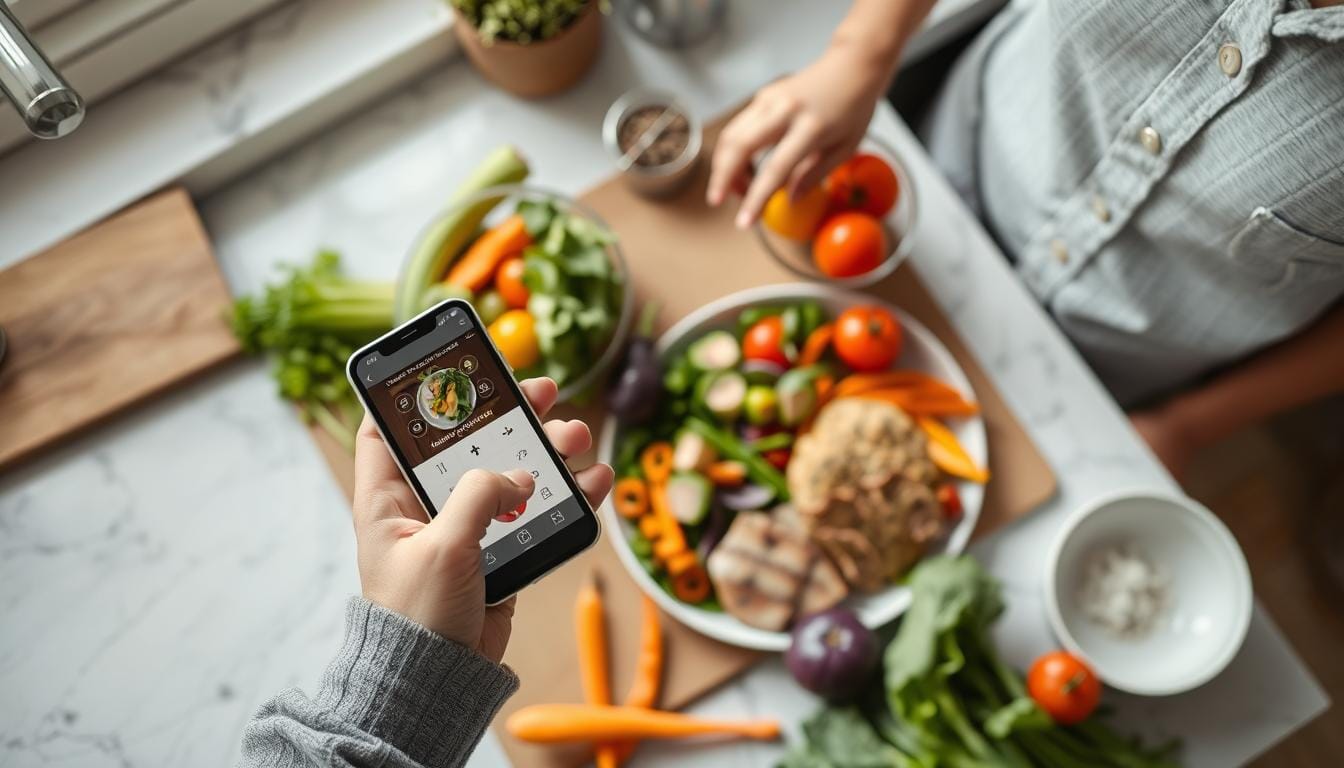Did you know the average person underestimates their daily calorie intake by 20-40%? This simple fact explains why many struggle with weight management despite their best efforts. A calorie counter is your solution—a powerful tool that brings awareness to your eating habits and helps you achieve your health and fitness goals with precision rather than guesswork. Whether you’re looking to lose weight, gain muscle, or simply maintain a balanced lifestyle, understanding how to effectively track calories can be your key to success.
What Is a Calorie Counter and How Does It Work?
A calorie counter is a tool that helps you track the calories you consume through food and beverages against the calories you burn through physical activity and bodily functions. The fundamental principle behind calorie counting is based on the energy balance equation: calories in versus calories out.
Calories In
- Food and beverages you consume
- Measured in kilocalories (kcal)
- Varies by macronutrient (fat: 9 calories/gram, protein and carbs: 4 calories/gram)
- Tracked through food databases, nutrition labels, and portion measurements
Calories Out
- Basal metabolic rate (BMR) – calories burned at rest
- Physical activity and exercise
- Thermic effect of food (calories burned digesting)
- Tracked through activity logs, fitness trackers, and BMR calculations
Modern calorie counters use the Mifflin-St Jeor Equation or similar formulas to estimate your basal metabolic rate based on your age, gender, height, and weight. This calculation determines how many calories your body needs to maintain its current weight. From there, you can adjust your calorie intake based on your goals—creating a deficit for weight loss or a surplus for muscle gain.
Ready to Start Tracking?
Take the guesswork out of your nutrition and get accurate calorie counts for over 20 million foods.
Benefits of Using a Calorie Counter
For Weight Loss
Creating a calorie deficit is the foundation of weight loss. A calorie counter helps you identify where your calories are coming from and where you can make adjustments. Studies show people who track their food intake lose twice as much weight as those who don’t.
Example: Sarah lost 30 pounds in 6 months by tracking her calories and maintaining a 500-calorie daily deficit, which she could consistently monitor through her calorie counter app.
For Muscle Gain
Building muscle requires a calorie surplus combined with adequate protein intake. A calorie counter helps ensure you’re consuming enough calories and hitting your protein targets to support muscle growth and recovery.
Example: Michael gained 12 pounds of muscle over 4 months by tracking his daily intake of 3,000 calories and 180g of protein, adjusting as needed based on his progress.
For Health Maintenance
Even if weight change isn’t your goal, a calorie counter can help you maintain a balanced diet by tracking nutrients beyond just calories—like vitamins, minerals, fiber, and water intake.
Example: Lisa uses her calorie counter to ensure she gets enough iron and calcium in her vegetarian diet, helping her maintain energy levels and bone health.
“Tracking calories was the single most important factor in my weight loss journey. It created awareness I never had before about what I was actually eating versus what I thought I was eating.”
Types of Calorie Counters
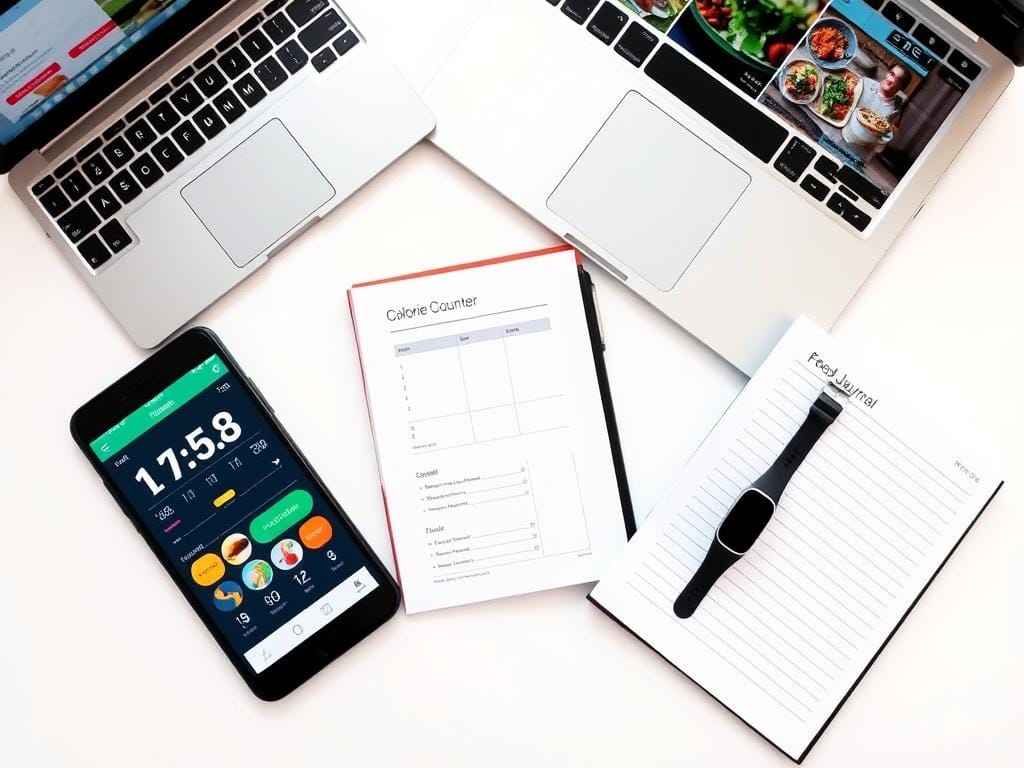
Mobile Apps
Smartphone applications like MyFitnessPal, Lose It!, and Cronometer offer comprehensive food databases, barcode scanners, and progress tracking. These apps are convenient for on-the-go logging and often sync with fitness trackers.
Websites
Web-based calorie counters like Calculator.net and SparkPeople provide detailed nutritional information and often include educational resources. They typically offer more comprehensive analytics than mobile apps.
Manual Journals
Traditional paper food diaries require more effort but can increase mindfulness. Studies show the act of writing down what you eat can reduce consumption by up to 30% due to increased awareness.
Wearable Devices
Fitness trackers like Fitbit, Garmin, and Apple Watch estimate calories burned through activity and can sync with calorie tracking apps to provide a complete picture of your energy balance.
| Type | Pros | Cons | Best For |
| Mobile Apps | Convenient, large food databases, barcode scanning | Requires smartphone, potential battery drain | Daily users, tech-savvy individuals |
| Websites | Detailed analytics, educational resources | Less convenient than mobile apps | Data-focused users, detailed planning |
| Manual Journals | Increases mindfulness, no technology required | Time-consuming, limited database access | Mindful eaters, technology avoiders |
| Wearable Devices | Automatic activity tracking, continuous monitoring | Expensive, requires charging | Active individuals, data enthusiasts |
Step-by-Step Guide to Using a Calorie Counter Effectively
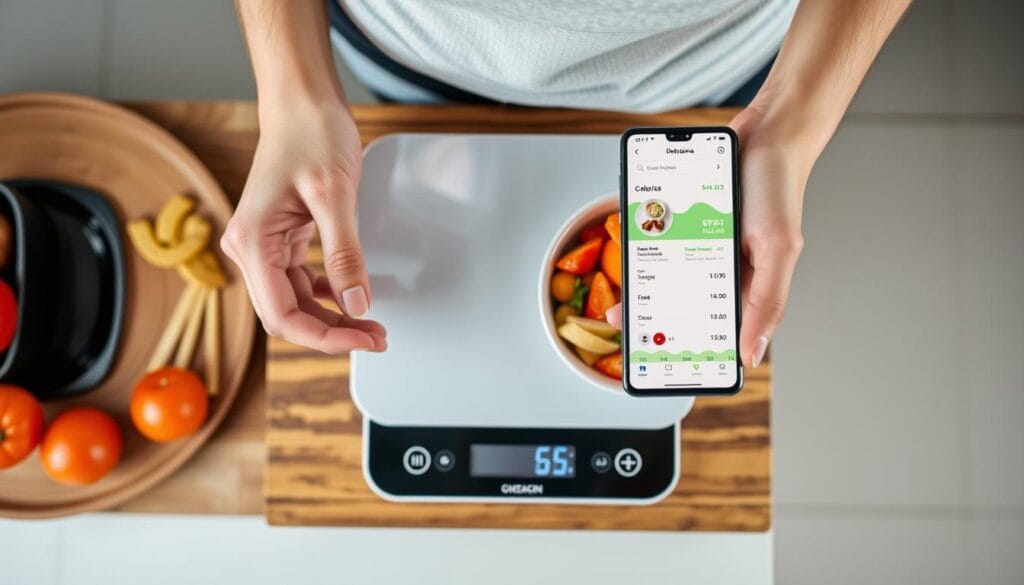
Set Clear, Realistic Goals
Define what you want to achieve: weight loss (typically a 500-calorie daily deficit for 1 pound per week), muscle gain (250-500 calorie surplus), or maintenance. Be specific about your timeframe and expectations.
Calculate Your Calorie Needs
Use the Mifflin-St Jeor Equation to determine your basal metabolic rate (BMR), then multiply by an activity factor to find your total daily energy expenditure (TDEE). Most calorie counter apps will do this calculation for you.
Log Everything You Consume
Record all foods and beverages, including cooking oils, condiments, and snacks. Use a food scale for accuracy when possible, especially for calorie-dense foods like nuts, oils, and nut butters.
Track Your Physical Activity
Log exercise and daily movement to get an accurate picture of calories burned. Be conservative with exercise calorie estimates, as many people and devices overestimate calorie burn.
Review and Adjust Regularly
Analyze your data weekly to identify patterns and make necessary adjustments. If you’re not seeing results after 2-3 weeks, adjust your calorie target or examine your tracking accuracy.
Pro Tip: Log your food before you eat it. This practice helps you make more conscious choices and can prevent impulsive eating that might derail your goals.
Need Help Getting Started?
Download our free guide with printable food journal templates, portion size guides, and a 7-day meal plan.
Tips for Accurate Calorie Counting
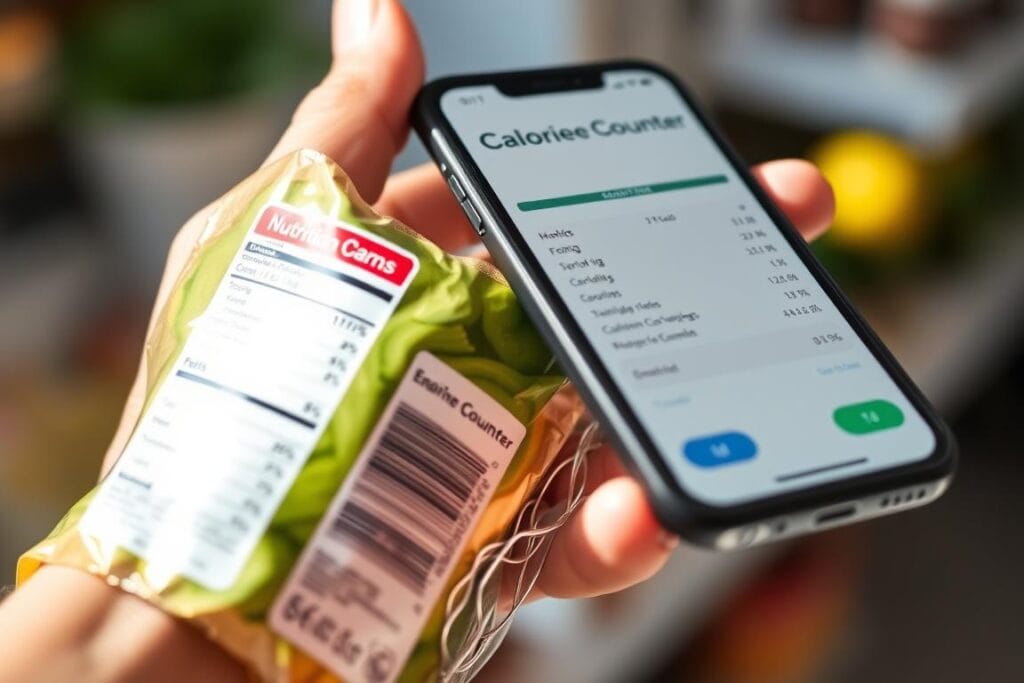
Measuring Portions
- Use a digital kitchen scale for most accurate measurements
- Measure foods in their raw, uncooked state when possible
- Learn visual portion size references (e.g., a deck of cards = 3 oz of meat)
- Be consistent with measurements (grams vs. ounces)
Reading Nutrition Labels
- Check serving sizes carefully—they’re often smaller than you think
- Note the difference between “per serving” and “per container”
- Pay attention to macronutrients (protein, carbs, fat) not just calories
- Be aware that manufacturers can round down calories under certain thresholds
Accounting for Cooking Methods
- Track oils and cooking fats used in preparation
- Adjust for water loss/gain during cooking (meat loses water, pasta gains it)
- Consider that different cooking methods affect calorie content (grilled vs. fried)
- When eating out, search for similar restaurant items or overestimate slightly
“The difference between eyeballing portions and measuring them can be hundreds of calories per day—enough to completely stall your progress without you realizing why.”
Common Calorie Counting Mistakes and How to Avoid Them

Common Mistakes
- Ignoring liquid calories (sodas, juices, alcoholic beverages)
- Forgetting to track cooking oils and condiments
- Overestimating calories burned during exercise
- Inconsistent tracking (weekdays only, skipping meals)
- Using generic entries instead of specific brands
- Not accounting for “tastes” and “bites” while cooking
- Eyeballing portions instead of measuring
Solutions
- Track all beverages, including “zero-calorie” drinks
- Measure oils with teaspoons or a spray counter
- Use heart rate monitors for more accurate exercise data
- Commit to tracking every day, even if imperfect
- Scan barcodes when available for exact nutrition info
- Either avoid tasting or account for it (about 10% of recipe)
- Invest in a food scale and measuring cups/spoons
Did You Know? Studies show that most people underestimate their calorie intake by 20-40%, and overestimate calories burned during exercise by 30-50%. This “double error” can completely undermine weight loss efforts.
Integrating Calorie Counters with Diet Plans and Exercise
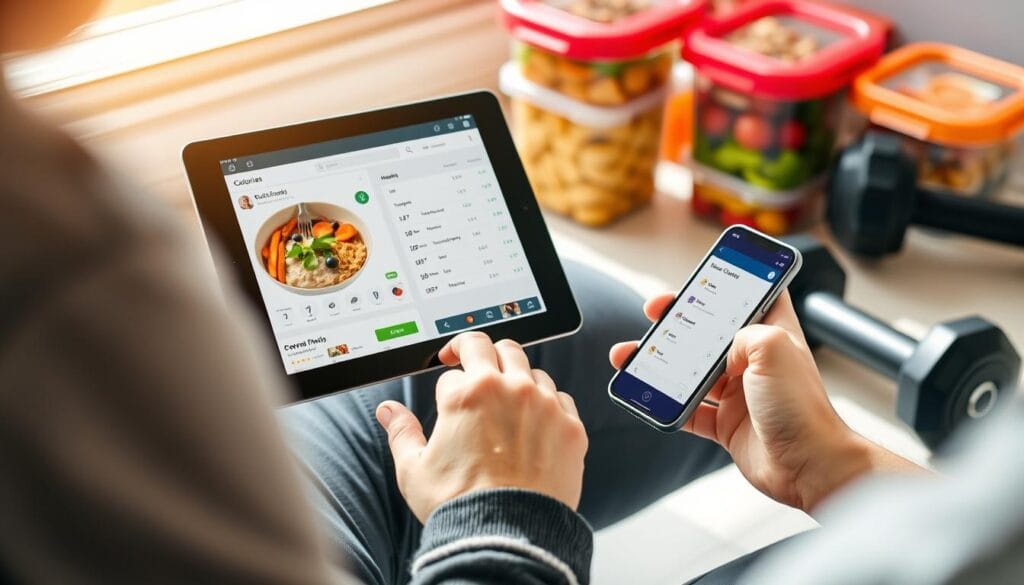
Calorie Counters and Diet Plans
Modern calorie counters can be adapted to work with virtually any diet approach:
- Keto: Set macro goals to high fat (70-75%), moderate protein (20-25%), and very low carb (5-10%)
- Intermittent Fasting: Use time-stamped entries to ensure eating only during your feeding window
- Paleo/Whole30: Focus on tracking whole food sources and avoiding processed items
- Vegetarian/Vegan: Monitor protein sources and potential nutrient gaps like B12, iron, and zinc
Calorie Counters and Exercise
Maximize your results by connecting your calorie counter with your fitness routine:
- Cardio: Track calorie burn and adjust food intake on heavy cardio days
- Strength Training: Ensure adequate protein and calories on training days
- Rest Days: Consider slightly lower calorie targets on non-exercise days
- Performance Goals: Time nutrition around workouts for optimal energy
“The most successful clients I work with use their calorie counter not as a restrictive tool, but as data to make informed decisions about how to fuel their bodies based on their activity levels and goals.”
The Science Behind Calorie Counting
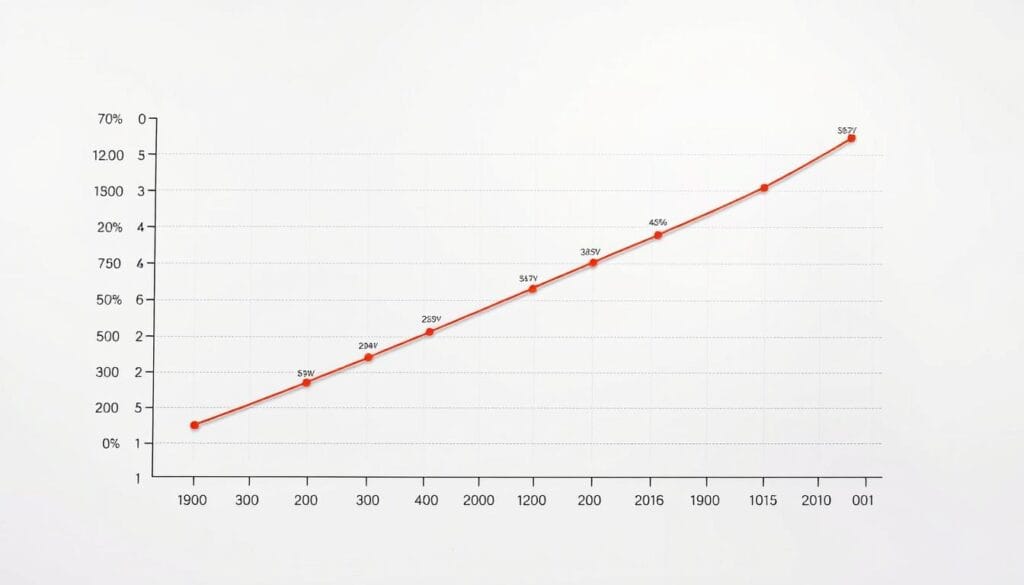
Calorie counting is backed by substantial scientific research demonstrating its effectiveness for weight management and health improvement:
Research Findings
- A 2019 study in the Journal of Obesity found that consistent food tracking was the strongest predictor of weight loss success, with participants who tracked regularly losing 2.5x more weight than irregular trackers.
- Research from Kaiser Permanente showed that people who kept a food diary six days a week lost twice as much weight as those who didn’t track their food.
- A 2020 meta-analysis published in Obesity Reviews concluded that digital self-monitoring tools led to greater weight loss than traditional methods, with an average additional loss of 2.4kg over 6 months.
How It Works Psychologically
- Awareness: Tracking creates mindfulness about eating habits and portion sizes
- Accountability: The act of recording creates a sense of responsibility
- Feedback: Immediate data provides clear cause-and-effect understanding
- Behavior Change: Consistent tracking leads to lasting habit formation
Expert Insight: “The most powerful aspect of calorie tracking isn’t the numbers themselves—it’s the awareness and behavioral changes that result from the consistent practice of monitoring what you eat.” — Dr. Robert Johnson, Behavioral Psychologist
Popular Calorie Counter Tools
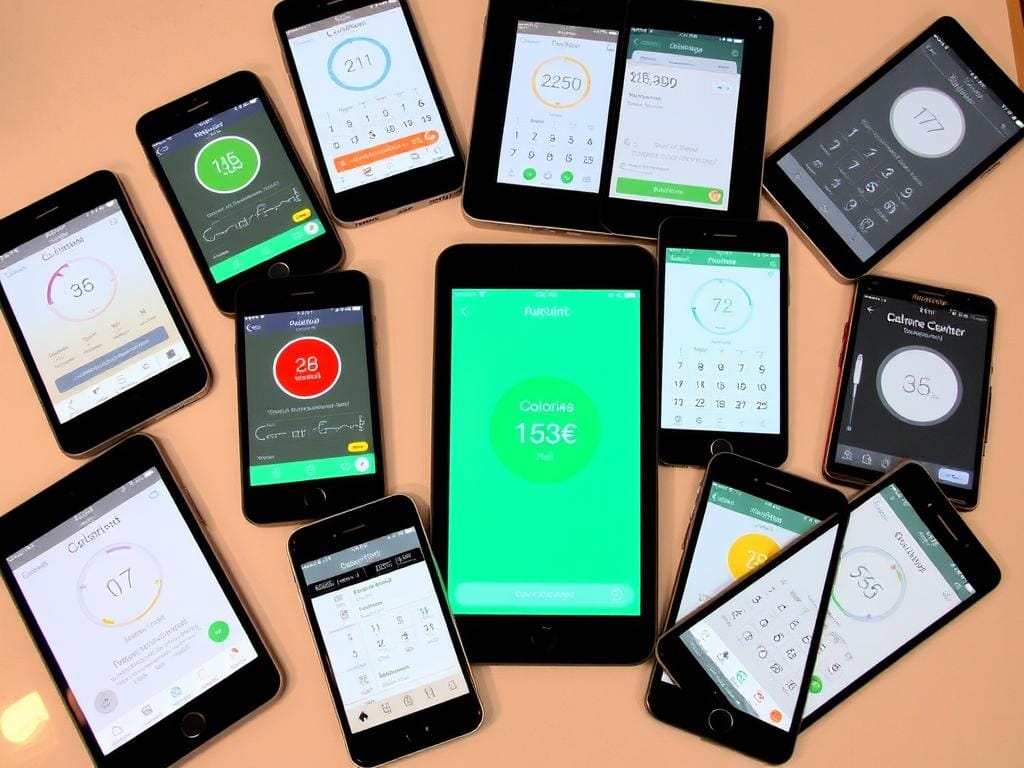
MyFitnessPal
20+ Million Foods
The most popular calorie tracking app with over 200 million users. Features an extensive food database, barcode scanner, recipe importer, and exercise tracking. The free version offers comprehensive tracking, while premium unlocks meal planning and advanced analytics.
Lose It!
Food Recognition
Known for its user-friendly interface and photo-based food logging. The app uses image recognition technology to identify foods and their portions. Offers customizable goals, challenges, and social support features to keep users motivated.
Cronometer
Nutrient Tracking
The most comprehensive nutrition tracker, monitoring up to 82 micronutrients. Ideal for those with specific health goals beyond weight management. Features verified food database entries for greater accuracy and detailed reporting.
Calculator.net
Web-Based
A comprehensive web-based calorie calculator that provides detailed information about your calorie needs based on the Mifflin-St Jeor Equation. Includes educational resources about nutrition and weight management principles.
Fitbit App
Activity Integration
Seamlessly integrates with Fitbit devices to provide a complete picture of calories in vs. calories out. The app automatically adjusts your calorie allowance based on your activity level throughout the day.
Nutritionix Track
Voice Logging
Features innovative natural language processing that allows you to log food by simply speaking or typing what you ate. Particularly useful for quick logging on-the-go and includes a large restaurant database.
Frequently Asked Questions About Calorie Counters

How accurate are calorie counters?
Calorie counters are generally accurate within 15-20% when used properly. The accuracy depends on several factors: the quality of the food database, your measurement precision, and how consistently you track. Using a food scale and selecting specific brand entries (rather than generic foods) significantly improves accuracy. Remember that even with some margin of error, consistent tracking still provides valuable data for making informed decisions.
Do I need to count calories forever to maintain my weight?
Not necessarily. Many people use calorie counting as an educational tool to learn about portion sizes and the caloric content of different foods. After several months of consistent tracking, you’ll likely develop a better intuitive sense of appropriate portions and balanced meals. Many successful maintainers transition to periodic tracking (1-2 days per week) or return to full tracking only when they notice weight fluctuations.
How do I count calories when eating at restaurants or homemade meals?
For restaurants, many calorie counter apps include menu items from popular chains. For local restaurants or homemade meals:
- Look for similar dishes in the app’s database
- Break down the meal into individual ingredients when possible
- For homemade meals, create and save recipes in your app
- When uncertain, slightly overestimate calories as a buffer
Remember that occasional estimation is fine—consistency over time matters more than perfect accuracy for every meal.
Is it better to track macros or calories?
Both have their place, and most calorie counters track both simultaneously. Calories determine weight change (gain, loss, or maintenance), while macronutrients (proteins, fats, carbohydrates) influence body composition, energy levels, and satiety. For beginners, focusing on calories alone is often simpler and effective. As you progress, paying attention to macros—especially ensuring adequate protein intake—can optimize results and health outcomes.
Can calorie counting lead to unhealthy relationships with food?
For most people, calorie counting is a helpful educational tool. However, individuals with a history of disordered eating or perfectionist tendencies should approach calorie counting cautiously. Signs that tracking may be becoming problematic include anxiety about missing entries, avoiding social situations due to tracking difficulties, or feeling guilty about eating certain foods regardless of calorie content. If you notice these patterns, consider working with a registered dietitian who can help you develop a healthier approach to nutrition monitoring.
Start Your Calorie Counting Journey Today
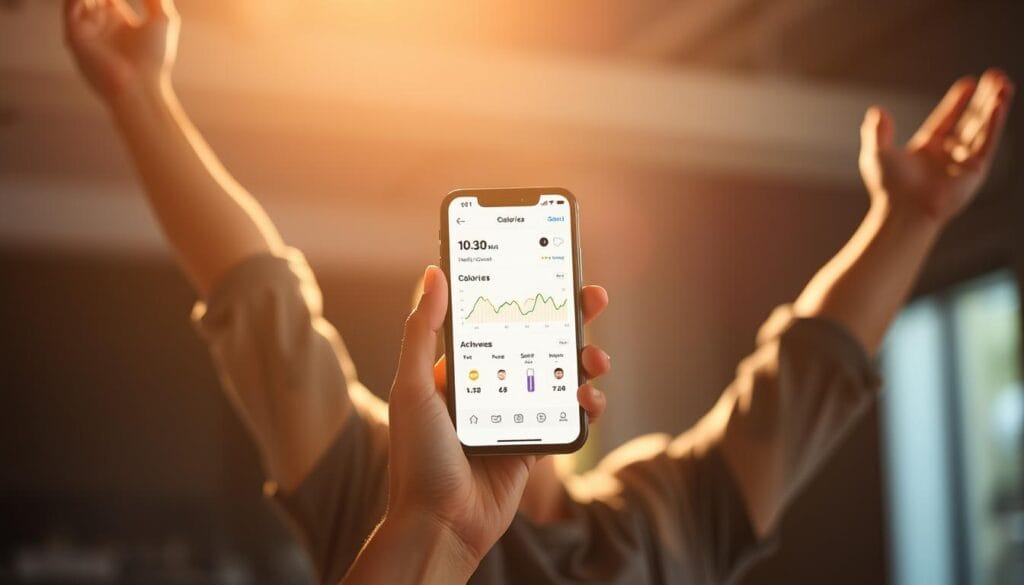
Calorie counting isn’t about restriction—it’s about empowerment through information. By understanding the energy content of your food choices and how they align with your body’s needs, you gain control over your health and fitness journey. Whether your goal is weight loss, muscle gain, athletic performance, or simply maintaining a balanced lifestyle, a calorie counter provides the data you need to make informed decisions.
Remember that consistency matters more than perfection. Even tracking 80% of your intake will provide valuable insights that can guide your nutrition choices. Start with small steps, be patient with yourself as you learn, and celebrate the awareness you’re developing about your body’s needs.
Ready to Take Control of Your Nutrition?
Join millions who have transformed their relationship with food through effective calorie tracking.

